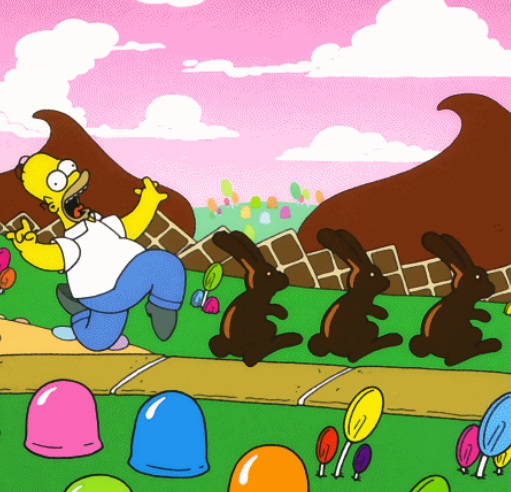L2R
Bluelight Crew
- Joined
- Apr 19, 2001
- Messages
- 43,528
the good dream scene in episode 8 of season 2 of boardwalk empire has triggered this thread i've been considering making for a while. dreams are one thing film makers mess up more often than not. it's so annoying and cheap to have a plot point revolve around some inexplicable insight given by a dream.
with the compressed sense of time, it is hard for film to portray dreams accurately. in real life, they seldom provide us with answers, mainly just vague memories and confused interpretations. if film were to do this properly, any film with dream aspects might end up spending too much time on it. sure, this might be fine for a david lynch movie, but it hardly gives you a sellable three part plot path.
this thread is to discuss dreams in films and tv, and for posters to list the good (condensation, displacement and symbolism), the bad (straight narratives, same characters) and the ugly (there is nothing cheaper than prophetic narrative dreams).
with the compressed sense of time, it is hard for film to portray dreams accurately. in real life, they seldom provide us with answers, mainly just vague memories and confused interpretations. if film were to do this properly, any film with dream aspects might end up spending too much time on it. sure, this might be fine for a david lynch movie, but it hardly gives you a sellable three part plot path.
this thread is to discuss dreams in films and tv, and for posters to list the good (condensation, displacement and symbolism), the bad (straight narratives, same characters) and the ugly (there is nothing cheaper than prophetic narrative dreams).



